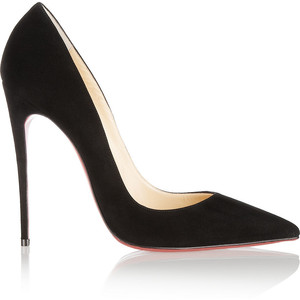 The most common kind of industrial pumps are said to be the diaphragm pumps. This uses the positive displacement process which is needed to transfer liquid from one place to another. This process requires the availability of the diaphragm, suction and discharge check valves and the chamber. A good idea for the device to be more effective is to have a piston joined to the diaphragm that will then push the hydraulic oil as the diaphragm continues to function.
The most common kind of industrial pumps are said to be the diaphragm pumps. This uses the positive displacement process which is needed to transfer liquid from one place to another. This process requires the availability of the diaphragm, suction and discharge check valves and the chamber. A good idea for the device to be more effective is to have a piston joined to the diaphragm that will then push the hydraulic oil as the diaphragm continues to function.
Among the most commom diaphragm pump materials that can be used are the following: polytetrafluoroelthylene, rubber, elastomer,plastic and ethylene propylene. What are the purposes of these pump materials? This is essential because of the fact that it protects the pump from elements such as the weather, sunlight and chemicals too. The housing of the diaphragm on the other hand makes use of different materials such as bras, stainless steel, bronze, plastic and cast iron. It is said that for higher temperature, the housing must be made of rugged materials. For more details and facts, here are essential information below or click for more information.
Are there types and varieties of diaphragm pumps? The first category of pump is one that has sealed sides, and where both ends have different fluids – pumped fluid on one and hydraulic fluid on the other. The positive effect of this diaphragm pump is that it can be the source of increase of decrease of the pump volume, that can easily be determined in the chamber of the device. And because there are non-return check valves, it can be assured that reverse flow of fluid will not take place. The second type is described as the non metallic centrifugal pumps that functions with the aide of the volumetric positive displacement. This makes use of electro-mechanical measures instead of the typical air and oil process. The diaphragm pump on one side is said to be open, when the other makes use of mechanical action. The third type is a diaphragm pump that is not sealed. This means that with it having no seals, it still remains to be operational and functional. Both the sides are then pumped as the diaphragm itself is flexed. The great flexibility that it provides is the main reason why changes in production are experienced.
With the types of diaphragm pumps explained, it can also be very helpful to know where these can be applied. The main use of the pumps are for hygienic, industrial and chemical applications. This is also perfect as air pump use for filters in small fish tanks. Learn how does metering vales works in http://www.ehow.com/how-does_5627960_metering-valves-work.html.